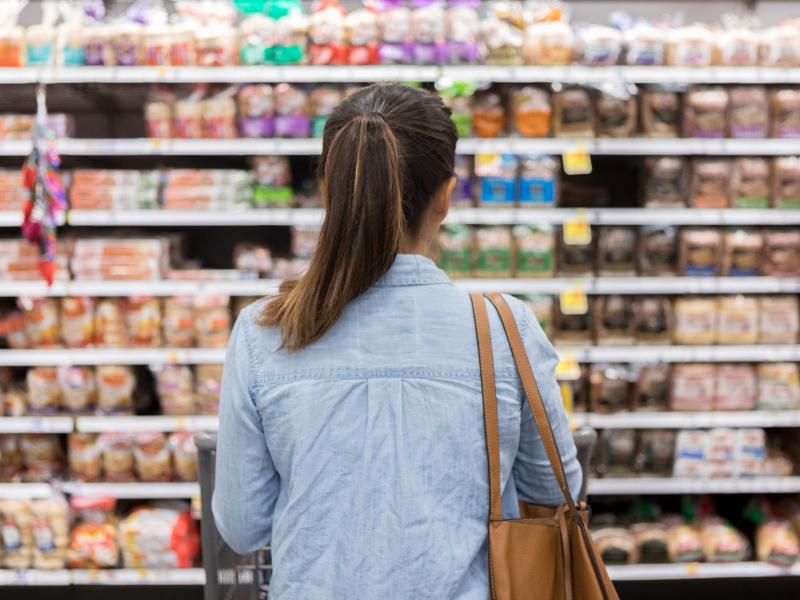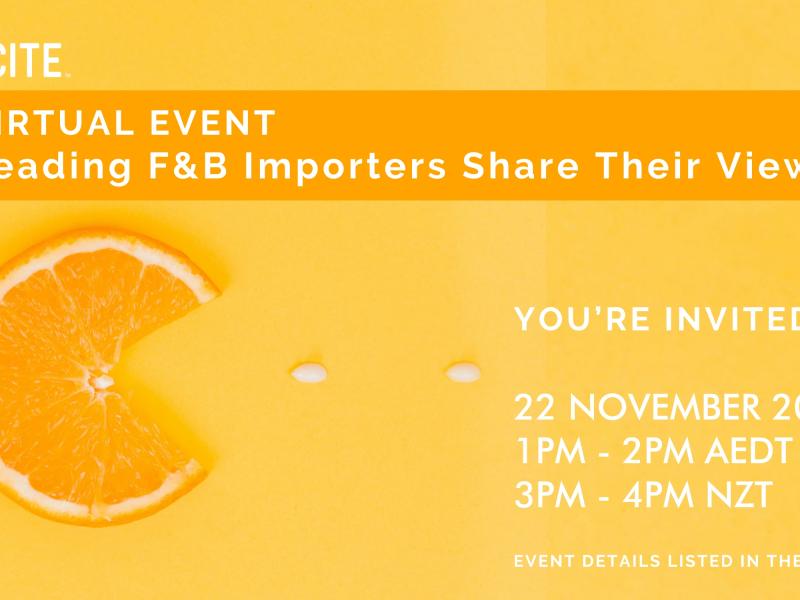Plans to create an integrated ASEAN Economic Community (AEC) were announced over a decade ago with the vision being “a free flow of goods, services, investment and a freer flow of capital, equitable economic development and reduced poverty and socio-economic disparities”. Fast-forward to today and various aspects of AEC will be realized in 2015.
ASEAN is our fourth largest export market for goods, with two-way trade in goods worth $13.5 billion in the year to July 2014. Globally ASEAN represents a market of more than 600 million people with a combined GDP of US$2.4 trillion in 2013. What does this reform mean for New Zealand exporters that are doing business in ASEAN?
Higher market access barriers?
If the purpose of AEC is to integrate the economies of Southeast Asia through the harmonisation of certain policies and the phased removal of some restrictive policies, does this mean higher market access barriers will be faced by New Zealand exporters? In principle, the answer should be “no”. The AEC is not a customs union like the EU; there is no common external tariff and customs borders between AEC countries will remain. The AEC is not a political union in any manner; there is no ASEAN parliament or other body with rule making authority. Under World Trade Organisation (WTO) rules the AEC cannot strengthen entry barriers to the ASEAN market, such as by raising tariffs for products imported from non-AEC members.
New Zealand companies exporting to ASEAN should still enjoy the tariff concessions that have been agreed under the regional ASEAN - Australia-New Zealand Free Trade Agreement (AANZFTA). Additionally, the respective bilateral FTA with Thailand, Malaysia and Singapore remain relevant. New Zealand companies manufacturing in ASEAN for ASEAN stand to directly enjoy the fruits of deepened integration per the various reform measures that make up the AEC. Overall, the opportunities to access ASEAN’s growing consumer base and rising levels of household income will only increase.
When does AEC 2015 “go live”?
AEC is not a single agreement or initiative. Rather it consists of a series of specific agreements on specific topics. 2015 was intended to be the date by which many of these agreements, related to the core AEC principles, would be signed and implemented. In actual fact some topics have already been signed and implemented. Others will follow in 2015 or sometime thereafter.
In what areas can I become more competitive?
Under the AEC Blueprint, the Community’s objectives are organized into four key pillars:
• a single market and production base
• a highly competitive economic region
• a region of equitable economic development
• a region fully integrated into the global economy
Each pillar comprises several core elements. Each element is then reduced into a Strategic Schedule of actionable measures and initiatives along with target dates which, when fulfilled, should enable ASEAN to achieve its desired goal. In focusing on Pillar I, a “single market and production base” this can be considered in terms of:
Zero percent customs duties (largely implemented)
The elimination of tariffs on product made in ASEAN for ASEAN has been underway since 1992 and this was updated in the ASEAN Trade in Goods Agreement (ATIGA) in 2010. Use of this Agreement by companies is low with only 20% of intra-ASEAN trade benefiting from the ATIGA Agreement according to a 2011 World Bank report. New Zealand companies manufacturing in ASEAN should ensure that they are not “leaving money on the table” due to missing documentation and/or inaccurate declarations when shipping product from producer to consumer.
New Zealand producers and exporters concerned about growing competition from domestic producers within ASEAN and/or other foreign competitors also selling product in ASEAN should continue to use the above-mentioned regional and bilateral FTA in order to enjoy zero percent customs duties when product enters ASEAN.
Consumer protection (work in progress)
All countries control trade for safety, environmental, and other policy reasons through the use of Non-Trade Measures (NTM), such as import licensing. Generally speaking, such NTM are a legitimate tool to protect consumers. They are particularly relevant in sectors such as dairy, seafood, and food and beverage.
At times however, countries may implement trade measures whose sole purpose is to limit or control trade in order to protect domestic producers. This type of measure is referred to as a Non-Tariff Barrier (NTB). ASEAN has placed significant emphasis on the full elimination NTBs by 2015, which is a major undertaking, and will likely take several further years to complete.
A publicly available ASEAN Non-Tariff Measure (NTMs) database has been launched. If the database content and functionality are complete, then New Zealand producers should benefit from enhanced transparency in advance of product production and shipment to ASEAN about the NTM’s that will be applicable when products enter the market. This would help to ensure compliance and reduce unwanted surprises when goods have landed at an ASEAN port and are pending Customs clearance.
Customs clearance times and costs (work in progress)
Hidden costs and undue intervention in the supply-chain by Customs authorities at the border represents a significant market access barrier. Improvement and simplification of customs and trade related processes and procedures for intra-ASEAN trade should spill over to New Zealand–ASEAN trade. This means that New Zealand exporters should be able to move goods into ASEAN in a more efficient and cost effective manner.
However, this will not happen overnight as the various AEC members are at different stages of implementing refined cargo processing models, IT systems for intra-regional trade, and migrating towards consistency in the determination of customs values, origin, and the tariff classification of goods. Integrity within border agencies remains an issue in certain ASEAN countries and that will take years, if not a generation or more, to address.
Less paperwork at the Customs border (work in progress)
Similar to the Trade Single Window (TSW) being deployed in New Zealand, the ASEAN members have equivalent levels of ambition as per the ASEAN Single Window (ASW). For example, traders can look forward to submitting regulatory documents electronically via a single entry point (entity/location).
When implemented, the ASW is expected to bring about expedited customs clearance times and an overall reduction in costs. New Zealand companies should be looking to partner with suitable international freight forwarders, local Customs Brokers, and local Importers,in order to enjoy a first-mover advantage as these measures are deployed.
Product standards (work in progress)
Technical barriers to trade (TBT) generally refer to product related technical regulations/standards/conformity assessment procedures that are adopted by different countries. While such regulations/standards/conformity assessment procedures are typically implemented to protect human safety or health, the need to prepare/adopt/apply different requirements from each importing country can become an impediment to trade.
Under the ASEAN Blueprint, ASEAN aims to harmonise standards, technical regulations and conformity assessment. This area will be likely addressed sector by sector (e.g. electrical electronic equipment, medical devices, cosmetics, prepared foodstuff etc.). New Zealand companies manufacturing in ASEAN for ASEAN should study and align to these new TBT. New Zealand companies producing at home and exporting to ASEAN should check for differences between a new AEC TBT and an existing WTO-based TBT and then manage these accordingly.
The Future
ASEAN investment, wealth, and consumption have increased significantly over the past decade and will continue to do so in the coming years. Important strides towards regional economic integration have been made and these will also continue in 2015 and beyond. New Zealand companies producing in ASEAN for ASEAN directly stand to benefit accordingly. New Zealand companies producing at home and exporting to ASEAN also indirectly stand to benefit. Companies can expect returns to be incremental and phased in over time. Proactive “grass roots” engagement in ASEAN with business partners and government authorities will be required in order to bring new economic benefits to fruition.
Damon Paling is a partner, customs and international trade at PwC, Shanghai, China. Damon has spent the last 16 years in Asia living in Singapore, the Philippines, and China, and practicing in the field of trade and customs. He is a member of the AMCHAM Shanghai Trade Facilitation Task Force and co-authored the Kluwer Law publication A Quick Reference Guide to the Trade and Customs Law of China. Damon can be reached at: damon.ross.paling@cn.pwc.com





